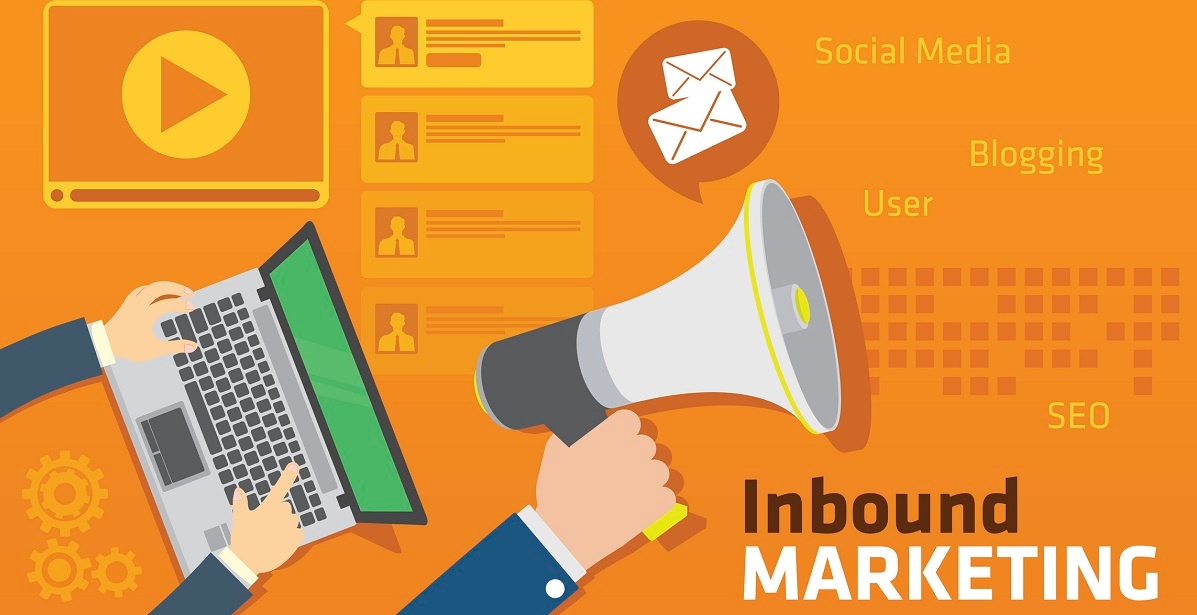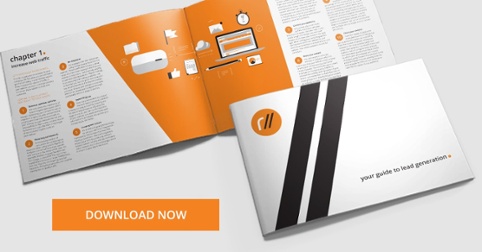Inbound marketing is the art of attracting customers through the creation of carefully targeted, entertaining and educational content, and positive interactions that are relevant and helpful to your audience - rather than being interruptive.
Unlike traditional forms of marketing, inbound marketers do not need to fight for attention. By creating content which is specifically designed to address the requirements of your ideal customers, inbound marketing drives relevant traffic to your website building trust and credibility for your business.
Following the four stages of the inbound methodology, we can help you scale your business…
Stage 1: Attract
No matter what industry you work in, all business owners want one thing - to attract strangers to your business and turn them into customers. Sounds simple right?
The problem is, we don’t just want any old traffic on our websites, we want the right type of traffic; people who are interested in what we’ve got to offer and are most likely to become leads (and customers). Start attracting the right people to your website by having your buyer persona always in mind...
A buyer persona is a semi-fictional character made up of the goals, challenges, pain points, personal and demographic information shared among members of a particular customer type - your personas then are your ideal customers.
By creating high quality content - think website copy, blogs, social media posts and ebooks - which is highly targeted to the problems and needs of your ideal customers, you will naturally attract the people you want to. As if that wasn’t enough, creating compelling content is also the perfect way to build trust and authority demonstrating that you’re an expert in your field.
What’s more, by writing about what matters the most to your target audience, you’ll rank better in the results pages of search engines when they’re researching online, and attract more visitors to your website.
If you’re not sure where to start with your content, talk to your sales team - what are the common problems your customers have before accessing your products or services? Are there any questions that they get asked on a regular basis?
Stage 2: Convert
Once you’ve grabbed the attention of your buyer personas and attracted them to your website, you need to convert these visitors into leads. At the very least, you want to capture the email addresses of your visitors after all, contact information is extremely valuable to an inbound marketer.
In order to capture contact information from your website visitors, you must provide them with something they will see value in like ebooks, whitepapers, checklists or tip sheets - whatever information you provide, make sure that it is written with your buyer persona in mind.
Include clear calls-to-actions which encourage your visitors to do something specific - like “Download our top tips for travelling with young children” or “Download our guide to understanding the new business tax guidelines”.
By offering visitors to your website valuable and educational content which helps them find a solution to their problem, they’ll be happy to provide basic information - such as their name and email address - in exchange for the data. The higher the perceived value of the content or offer, the more information you can ask for.
Stage 3: Close
So, you’ve attracted the right people to your website and you have their email addresses - now what?
Add your new contacts to a Customer Relationship Management (CRM) system. By keeping all contact information in a central location, you can have quick access to your database and use it to understand and talk to your leads.
Create a series of relevant email marketing campaigns which will nurture your leads, providing them with the content they need to make informed decisions which will lead to sales. If one of your leads has downloaded your whitepaper on a specific topic, you should send them a series of related emails which reflect their interests.
But inbound marketing doesn’t stop once you’ve accepted payment, there’s still one stage to go...
Stage 4: Delight
Inbound marketing is all about providing the right people with the right content in the right way - whether those people are visitors, leads or existing customers. Don’t stop engaging with your customers because you’ve made a sale. You should continue to build and maintain relationships with your customer base, delighting them with more high quality, relevant content and turning them into an army of promoters happy to shout about your brand and your products or services.
If you’re not sure how to delight your customers, design a simple customer satisfaction survey to ensure that you are providing customers with the information they’re looking for, and the service that they expect from you.
Inbound marketing is such a rich and interesting topic area. If you would like to find out more about how you can use inbound marketing to scale your business, get in touch with our marketing experts today or download our ebook all about lead generation and boosting your business.





